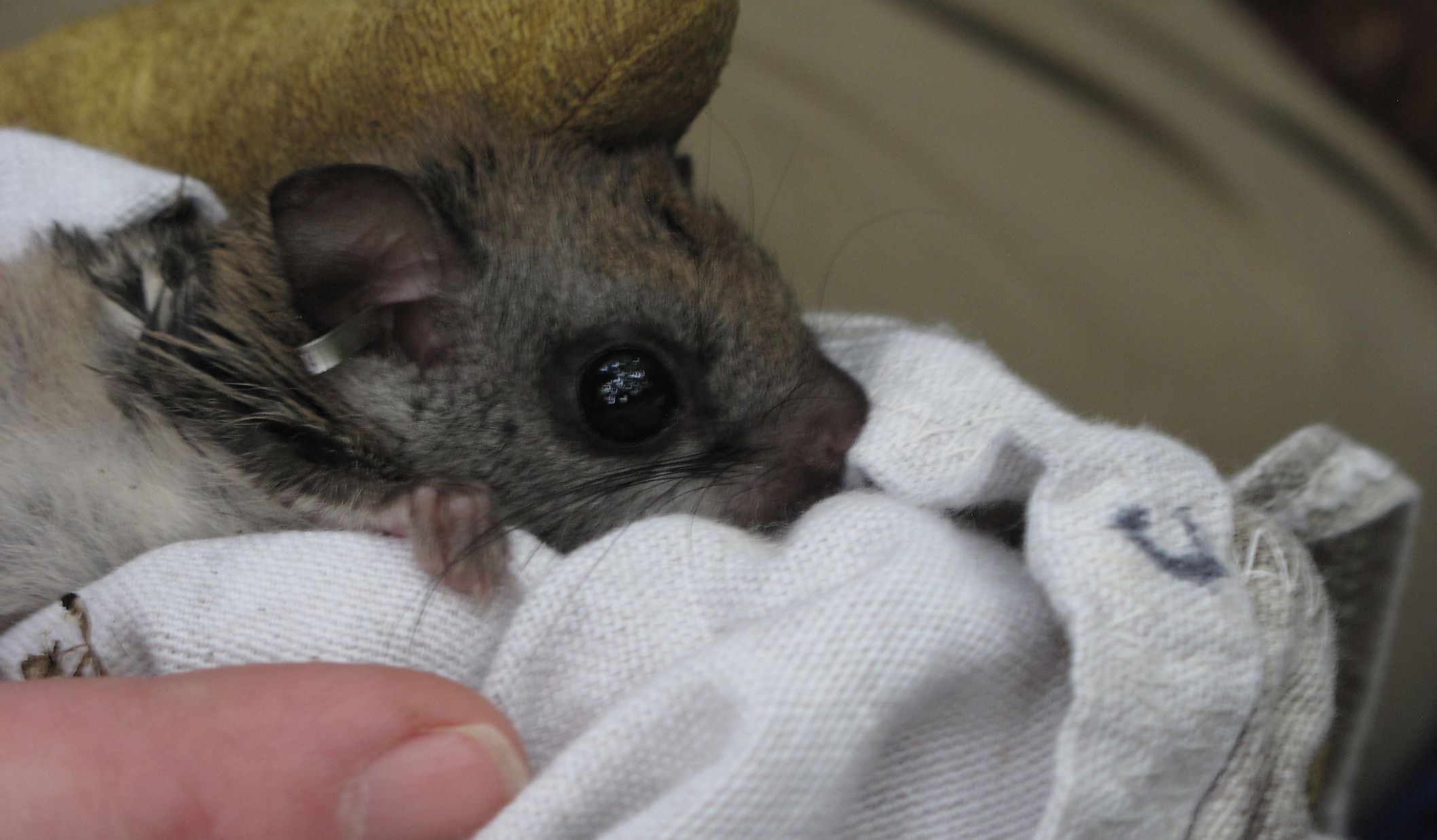

- #Northern flying squirrel skin#
- #Northern flying squirrel plus#
- #Northern flying squirrel professional#
#Northern flying squirrel professional#
If you are having an issue with northern flying squirrels, it is best to consult a professional wildlife control company for removal. They have a very small population, and it is important to never attempt to remove flying squirrels on your own. They are a nocturnal species and are famous for. The main danger with flying squirrels is when they make their way onto your property. The Northern Flying Squirrel (Glaucomys sabrinus) is a species of flying squirrel native to North America. They can maneuver with excellent efficiency and use a parachute-like effect when landing. Northern Flying Squirrel Behaviors, Threats, or DangersĪs mentioned earlier, the northern flying squirrel glides from atop trees using the patagium on their bodies. They tend to share nests in the wintertime but otherwise move frequently from one nest to another. However, they also will build nests from leaves and are even known to nest underground unlike the southern flying squirrel. The subspecies which occurs in the state, Carolina Northern. They tend to nest in holes in trees and dead trees. The Northern Flying Squirrel is a nocturnal rodent is and one of the smallest tree squirrels. Northern flying squirrels are mostly found in coniferous forests across North America.

They feed on a lot of plant material and make nests in trees. The Northern Flying Squirrel, Glaucomys sabrinus, is frequently a night time visitor to local bird feeders in winter. Their 'flight' is made possible by a fold of skin, a membrane which extends from the front to the hind. Flying squirrels do not fly, but glide from one perch to another. Just like other flying squirrels, the northern flying squirrel is nocturnal. There are two species of flying squirrels in Minnesota, the southern flying squirrel (Glaucomys volans), and the northern flying squirrel (Glaucomys sabrinus).

They change nests very often and are very social creatures that tend to congregate together. Their gliding is graceful, but these squirrels can be clumsy walkers. The northern flying squirrel is a nocturnal arboreal squirrel occurring throughout the northern latitudes of the United States and Canada. The northern flying squirrel is slightly smaller than the southern flying squirrel but is otherwise very similar in behavior.
#Northern flying squirrel plus#
Forest Service withdrew a 2,400-acre logging project in this squirrel's habitat in West Virginia’s Monongahela National Forest - also home to federally protected Indiana and northern long-eared bats, plus the rare candy darter.Northern Flying Squirrels in Eastern Tennessee In 2019, after the Center and allies formally objected, The U.S. Northern flying squirrels inhabit forests along the mainland coast of Southeastern Alaska (Southeast) east of Glacier Bay and south to the Canadian Border. The same year, the Service officially announced that the squirrel was back on the endangered species list. With little evidence supporting claims that the squirrel has recovered, and with backing from the timber industry, the Service ignored the best available science and took action anyway.Īfter the Center and allies filed suit to save this poster critter of West Virginia's mountaintop forests, in 2011 a judge reinstated endangered status for the squirrel, holding that the Service had violated the Endangered Species Act by not following its own recovery plan for the species in its decision to remove protection for the rare animal. Fish and Wildlife Service removed all protections afforded to the species by the Endangered Species Act in 2008 - even though Service biologists have admitted that the squirrels are found irregularly and at low densities, and scientific experts have questioned if the squirrel has really rebounded to the point of no longer needing protection. At home in the forest canopy and on the ground, these dexterous, social and strictly nocturnal critters have become a signature species of the West Virginia highlands.ĭespite dire projections from climate change models predicting the complete disappearance of the West Virginia northern flying squirrels' habitat, the U.S. Flying squirrels are the oldest living line of modern squirrels on the planet, having first appeared 30 million years ago.
#Northern flying squirrel skin#
With built-in parachutes in the form of wing-like flaps of skin stretching from leg to leg, West Virginia northern flying squirrels glide among the trees in the mountains of Appalachia. SAVING THE WEST VIRGINIA NORTHERN FLYING SQUIRREL The Northern Flying Squirrel (Glaucomys sabrinus), along with its slightly smaller counterpart to the south, is one of only two species of flying squirrels.


 0 kommentar(er)
0 kommentar(er)
